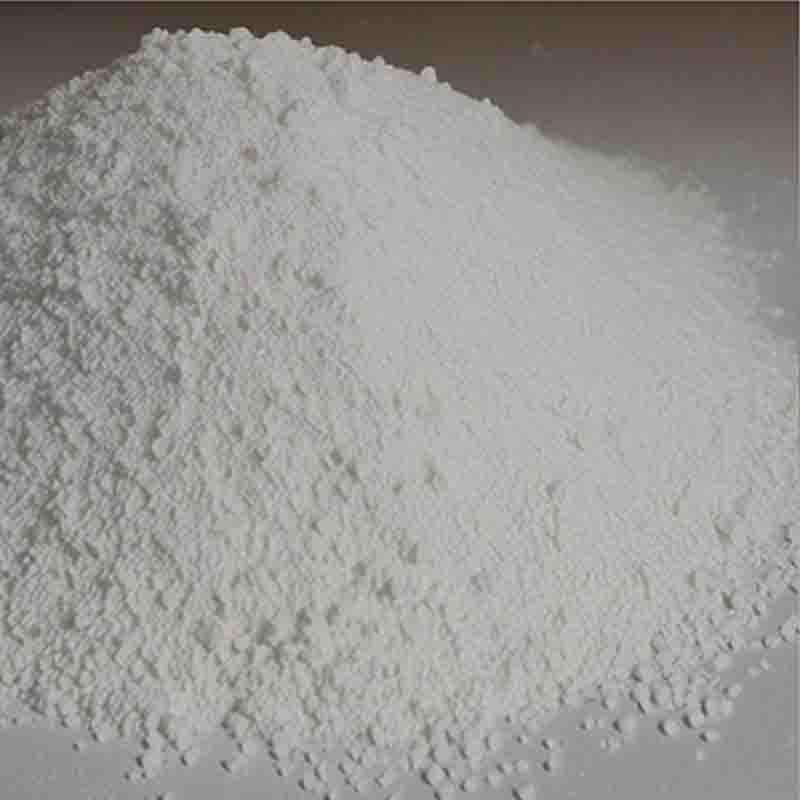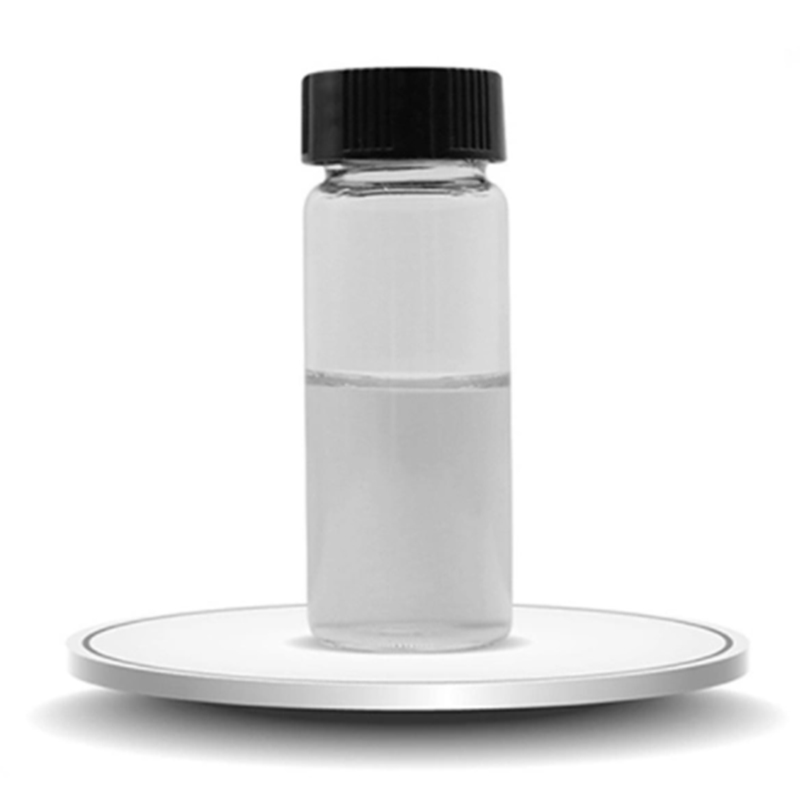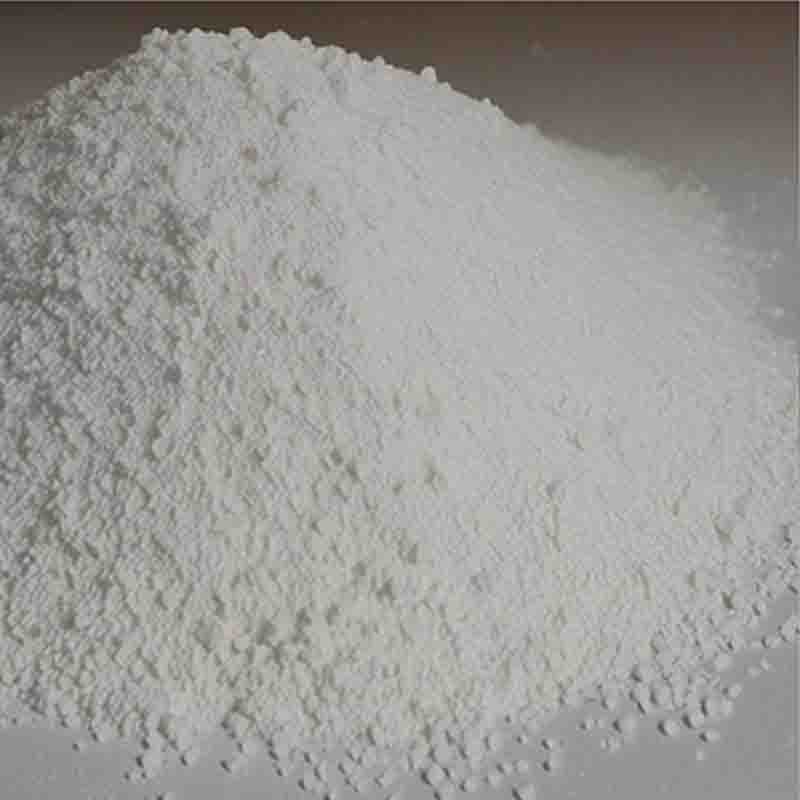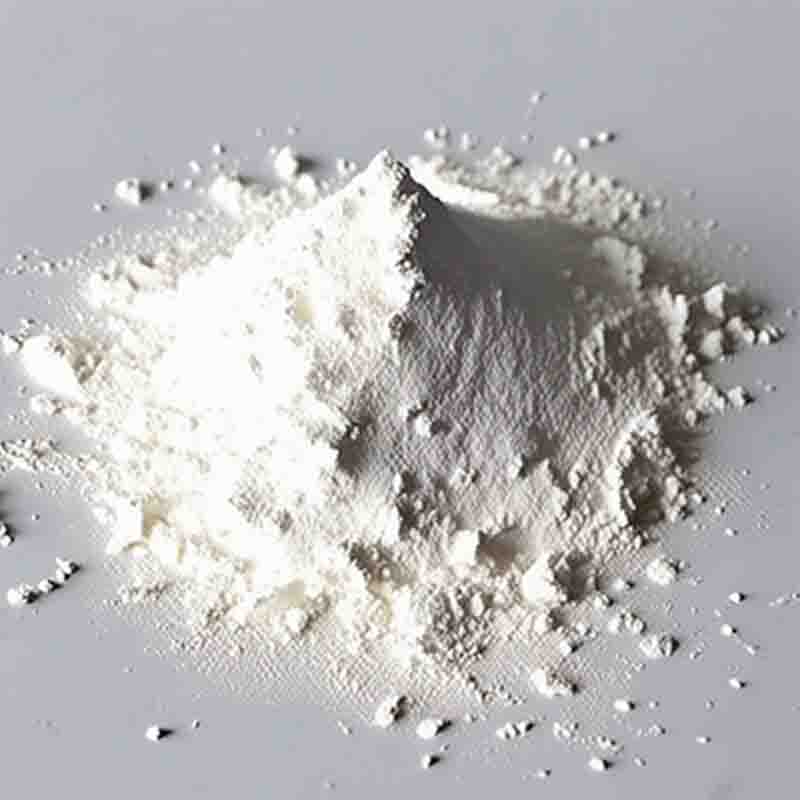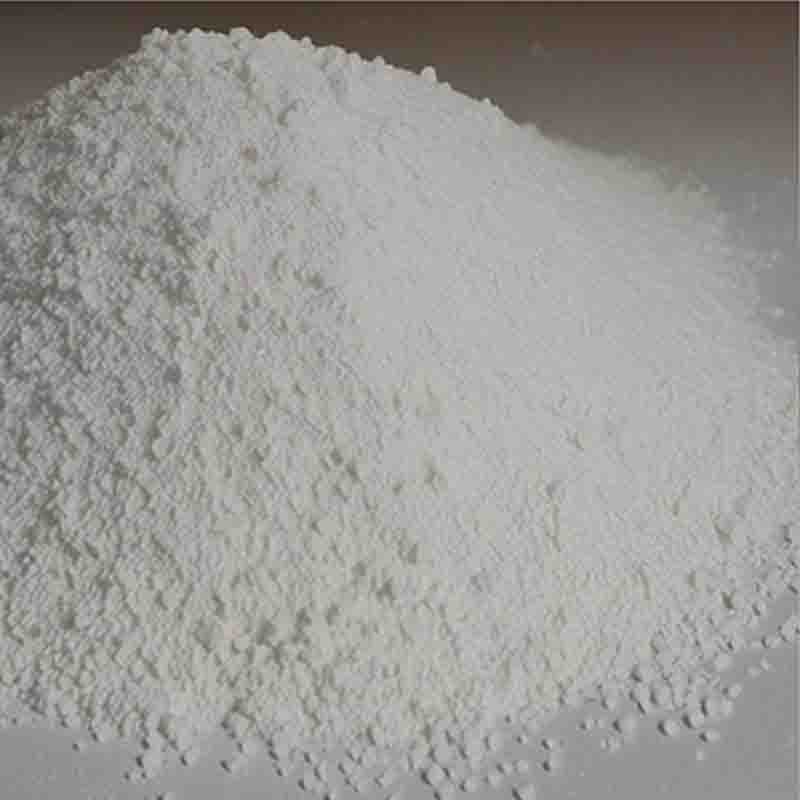4-Chloropyrrolo[2,3-d]pyrimidine CAS:3680-69-1
| Catalog Number | XD95315 |
| Product Name | 4-Chloropyrrolo[2,3-d]pyrimidine |
| CAS | 3680-69-1 |
| Molecular Formula | C6H4ClN3 |
| Molecular Weight | 153.57 |
| Storage Details | Ambient |
Product Specification
| Appearance | White powder |
| Assay | 99% min |
4-Chloropyrrolo[2,3-d]pyrimidine is a chemical compound that has various effects and applications due to its unique structure and properties. In this text, we will discuss some of the key characteristics and effects of this compound.One notable effect of 4-Chloropyrrolo[2,3-d]pyrimidine is its potential as a pharmacological agent. It has been found to exhibit inhibitory effects on certain enzymes and receptors in the body, making it a promising candidate for the development of pharmaceutical drugs. Researchers have investigated its potential in the treatment of various diseases, including cancer, inflammation, and neurological disorders. Its ability to interact with specific molecular targets in the body makes it an interesting compound for further study and exploration.Furthermore, 4-Chloropyrrolo[2,3-d]pyrimidine has shown antimicrobial activity. Studies have reported its effectiveness against a range of pathogenic microorganisms, including bacteria and fungi. This suggests its potential application in the development of antimicrobial agents, disinfectants, or even pharmaceutical formulations to combat microbial infections.Additionally, this compound has been explored for its potential as a building block or starting material in organic synthesis. Its unique structural features make it valuable for constructing more complex molecules with desired properties. Researchers have utilized 4-Chloropyrrolo[2,3-d]pyrimidine to synthesize various compounds for applications in materials science, agrochemicals, and drug discovery.Moreover, 4-Chloropyrrolo[2,3-d]pyrimidine has been studied for its potential as an organic semiconductor. Organic semiconductors are materials that can conduct electricity under certain conditions and can be used in electronic devices. This compound has shown promise in this area, with potential applications in organic electronics, such as flexible displays, sensors, and solar cells.It is important to note that the effects and applications of 4-Chloropyrrolo[2,3-d]pyrimidine may vary depending on the specific context and concentration used. Furthermore, additional research and studies are necessary to fully understand its mechanisms of action, optimize its properties, and assess its safety and efficacy in different applications.In conclusion, 4-Chloropyrrolo[2,3-d]pyrimidine offers a range of effects and applications, including its potential as a pharmacological agent, antimicrobial activity, utility in organic synthesis, and potential as an organic semiconductor. Further research is essential to fully explore its potential benefits, understand its mechanisms of action, and optimize its application in various fields.


![4-Chloropyrrolo[2,3-d]pyrimidine CAS:3680-69-1 Featured Image](https://cdn.globalso.com/xdbiochems/白色粉末21369.jpg)
![4-Chloropyrrolo[2,3-d]pyrimidine CAS:3680-69-1](https://cdn.globalso.com/xdbiochems/粉末2747.jpg)
